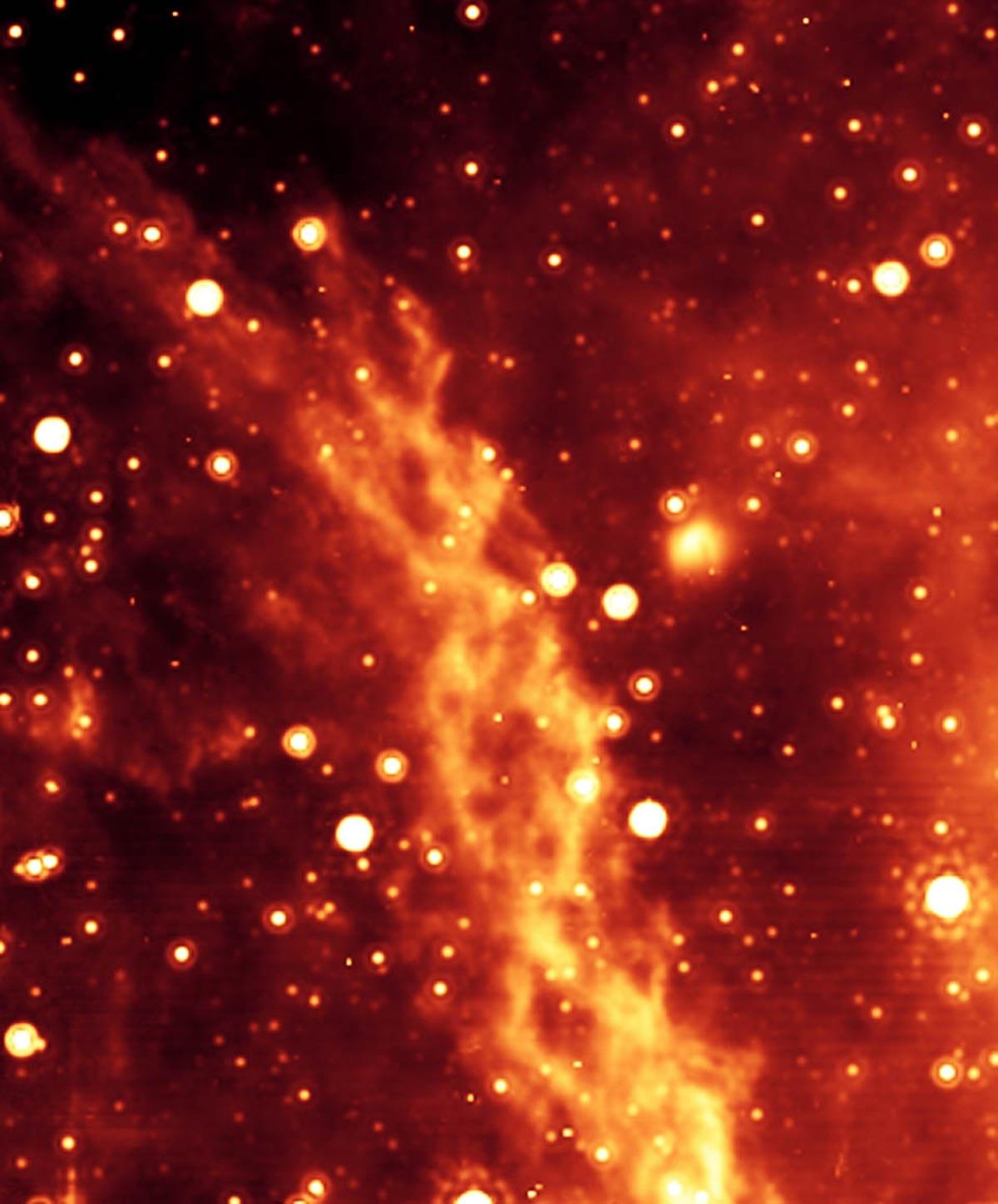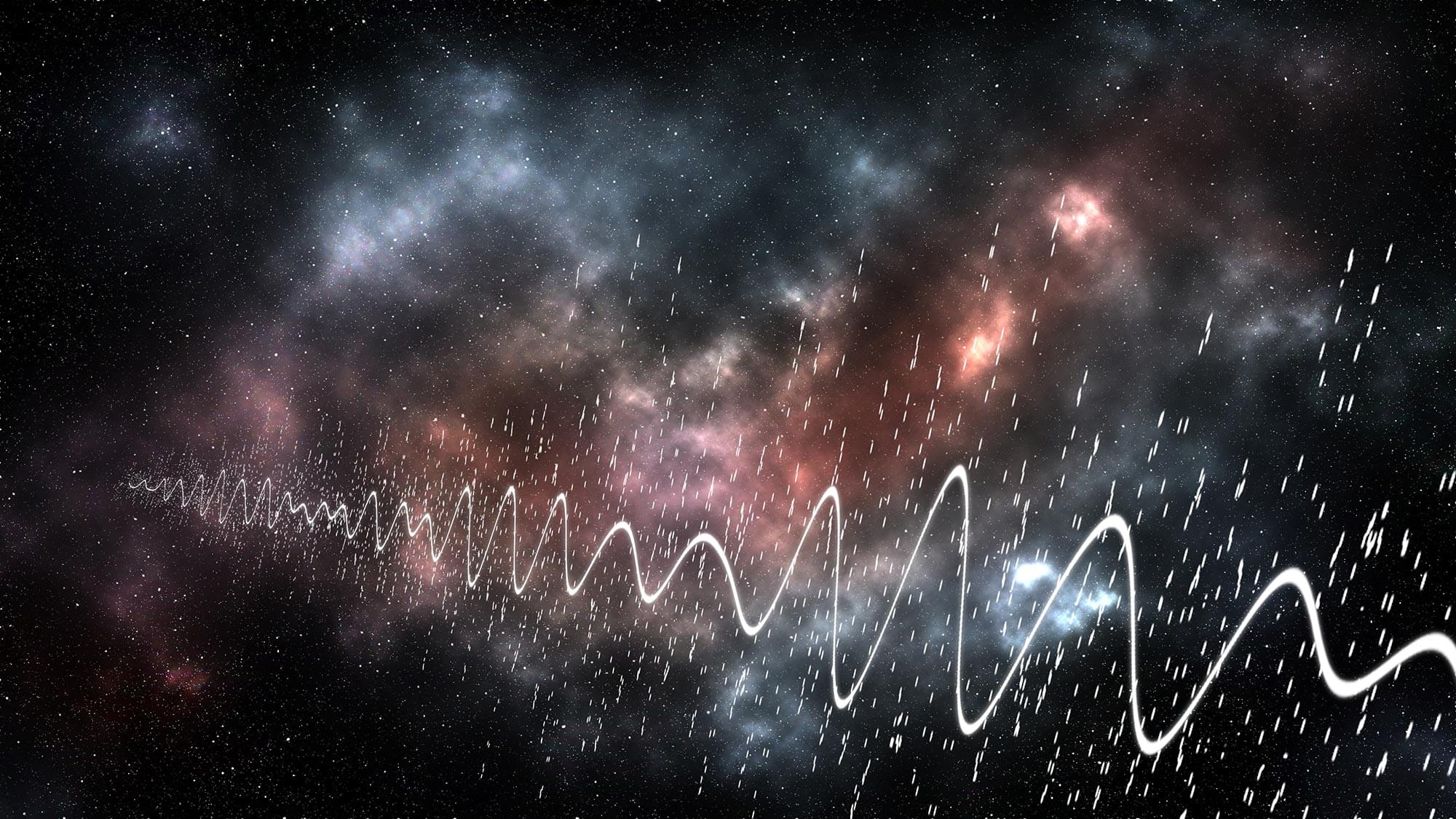Cybersecurity researchers have lifted the lid on a previously undocumented threat cluster dubbed GhostRedirector that has managed to compromise at least 65 Windows servers primarily located in Brazil, Thailand, and Vietnam.
The attacks, per Slovak cybersecurity company ESET, led to the deployment of a passive C++ backdoor called Rungan and a native Internet Information Services (IIS) module codenamed Gamshen. The threat actor is believed to be active since at least August 2024.
“While Rungan has the capability of executing commands on a compromised server, the purpose of Gamshen is to provide SEO fraud as-a-service, i.e., to manipulate search engine results, boosting the page ranking of a configured target website,” ESET researcher Fernando Tavella said in a report shared with The Hacker News.








